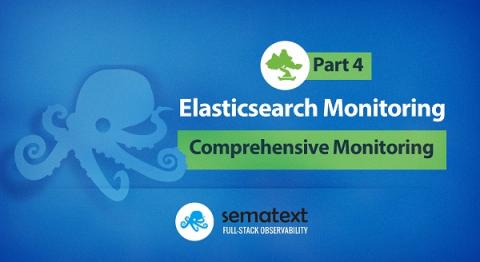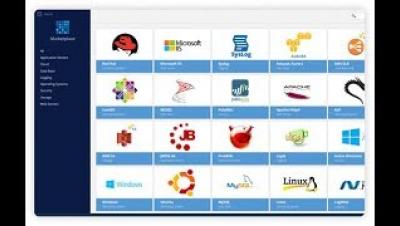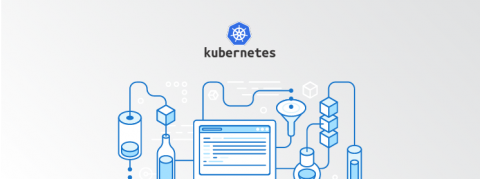Operations | Monitoring | ITSM | DevOps | Cloud
Logging
The latest News and Information on Log Management, Log Analytics and related technologies.
Docker Container Monitoring with Sematext
Everyone’s infrastructure is growing – today mostly in the container space. As we learned in Part 1 of this series – Docker Container Monitoring and Management Challenges, monitoring for containers is different from traditional server monitoring. In Part 2 we had a glance at key container metrics and in Part 3 we compared several open source tools for container monitoring.
Monitoring AWS EC2 with Metricbeat, the ELK Stack and Logz.io
Amazon EC2 is the cornerstone for any Amazon-based cloud deployment. Enabling you to provision and scale compute resources with different memory, CPU, networking and storage capacity in multiple regions all around the world, EC2 is by far Amazon’s most popular and widely used service.
Motadata ITSM Service Desk Walk thru
How to collect, customize, and standardize your Java logs
Logging your Java applications is essential to getting visibility into application performance and troubleshooting problems. But, with a variety of available libraries and configuration options, getting started logging in Java can be challenging.
Monitoring Elasticsearch with Sematext
As shown in Elasticsearch Key Metrics, the setup, tuning, and operations of Elasticsearch require deep insights into the performance metrics such as index rate, query rate, query latency, merge times, and many more. Sematext provides an excellent alternative to other Elasticsearch monitoring tools.
Migrating To A New Log Management System
In a previous post we looked at 6 key considerations to keep in mind when selecting a log management solution: data collection, search experience, scalability, security, advanced analytics and cost effectiveness. Hopefully, you’ve managed to use this list to finally select your solution. What now?
What is Serverless and AWS Lambda?
Serverless computing is a cloud-based application architecture where the application’s infrastructure and support services layer is completely abstracted from the software layer. Any computer program needs hardware to run on, so serverless applications are not really “serverless” - they do run on servers - it’s just that the servers are not exposed as physical or virtual machines to the developer running the code.
Log Management & Log Analyzer - Insights in a few clicks from download!
Logging Kubernetes on GKE with the ELK Stack and Logz.io
An important element of operating Kubernetes is monitoring. Hosted Kubernetes services simplify the deployment and management of clusters, but the task of setting up logging and monitoring is mostly up to us. Yes, Kubernetes offer built-in monitoring plumbing, making it easier to ship logs to either Stackdriver or the ELK Stack, but these two endpoints, as well as the data pipeline itself, still need to be set up and configured.











